Gyna capucina “Pink Roach” Care Sheet
Gyna capucina, also known as the pink roach, is a beautiful and exotic species of cockroach that originates from South America. They are popular among pet enthusiasts for their striking pink coloration, their active and curious behavior, and their relatively easy care requirements. In this care sheet, we will cover everything you need to know about keeping and breeding Gyna capucina as pets, including housing, diet, temperature, humidity, and life cycle.
Housing
Gyna capucina are burrowing roaches, so they need a deep substrate to dig and hide in. A 1-2 gallon container should work as an enclosure for a starter colony, but you will need to upgrade to a larger enclosure (at least 5 gallons) once they start breeding. They are sensitive to overcrowding, and if crowded you may see some nymph die-offs. An airtight lid is not necessary, as only adult males can climb and fly, but you should use a tight-fitting lid to prevent escapes. The enclosure should have a moderate to high amount of ventilation to prevent mold and fungus growth.
The substrate should be 2-4 inches deep, and you can use plain coconut fiber, sphagnum peat, potting soil, or a rich mix of one or more of those and rotten wood, compost, etc. They are not very picky about the substrate, but some say a well-aerated substrate is best for this species. You should keep about half of the substrate moist, and the other half dry, to create a humidity gradient. You can use a horizontal or vertical gradient, but a vertical gradient (with the bottom inch or so moist, and the upper layers dry) may work better for this species. You can also add decaying leaf litter to the top of the substrate, as most Gyna species like feeding on it, though this species does not seem to care for it as much as other roaches.
You do not need to provide many above-ground hides for this species, as they prefer to burrow in the substrate. However, you can add some branches, bark pieces, and other climbing materials to give the males something to perch and climb on. This will also make the enclosure more aesthetically pleasing and natural-looking.
Diet
Gyna capucina are omnivorous roaches, and they will eat a variety of foods. You can offer them dog/cat/chick feed, fruits, vegetables, pollen, and artificial pollen. They have a particular affinity for fruits, especially apples and bananas, and they will also appreciate some protein sources, such as fish flakes, mealworms, or crickets. This species has a bigger appetite than other Gyna species, so make sure to offer them enough food and do not let them starve. However, do not use food bowls with this species, as the nymphs seem incapable of getting into them and may starve or cannibalize as a result. Instead, scatter the food on the substrate or place it on shallow dishes or lids.
You should also provide a constant source of clean water for your roaches. You can use a shallow water dish with some pebbles or sponge to prevent drowning, or you can use a water gel or crystals. You should change the water regularly and keep it fresh and clean.
Temperature and Humidity
Gyna capucina are tropical roaches, and they need warm and humid conditions to thrive. The optimal temperature range for this species is 80-88°F, and you can use a heat mat, a heat lamp, or a room heater to achieve this. You should monitor the temperature with a thermometer and avoid overheating or underheating your roaches. They do not tolerate temperatures much below 50-40°F for long, and they may die or become inactive if exposed to cold.
The optimal humidity range for this species is 60-80%, and you can use a hygrometer to measure it. You can maintain the humidity by misting the enclosure lightly every few days, or by using a humidifier or a fogger. You should not over-mist or over-humidify the enclosure, as this can cause mold, fungus, and bacterial growth, which can harm your roaches. You should also provide some ventilation to allow some air circulation and prevent stagnant air.
Breeding and Life Cycle
Gyna capucina are viviparous roaches, which means they give birth to live young instead of laying eggs. The females can produce up to 30 nymphs per litter, and they can have several litters per year. The gestation period is about 2-3 months, and the females will often hide in the substrate before giving birth. The nymphs are very tiny and white when they are born, and they will gradually develop their pink coloration as they molt. The nymphs will molt about 7-8 times before reaching adulthood, and this can take anywhere from 6 to 12 months, depending on the temperature and food availability. The adults can live for up to 2 years, and they can mate and reproduce throughout their lifespan.
To encourage breeding, you should provide optimal temperature and humidity, plenty of food, and enough space for your roaches. You should also have a balanced sex ratio, with about one male for every two or three females. You can sex your roaches by looking at their wings: males have longer and more pointed wings that cover their entire abdomen, while females have shorter and more rounded wings that leave some of their abdomen exposed. You can also look at their antennae: males have longer and more feathery antennae than females.
Conclusion
Gyna capucina are fascinating and beautiful roaches that can make great pets for anyone who loves exotic insects. They are relatively easy to care for, as long as you provide them with a suitable enclosure, a varied diet, and a warm and humid environment. They are also prolific breeders, and you can easily start and maintain a colony of these roaches with minimal effort. If you are looking for a unique and colorful pet roach, Gyna capucina may be the perfect choice for you.


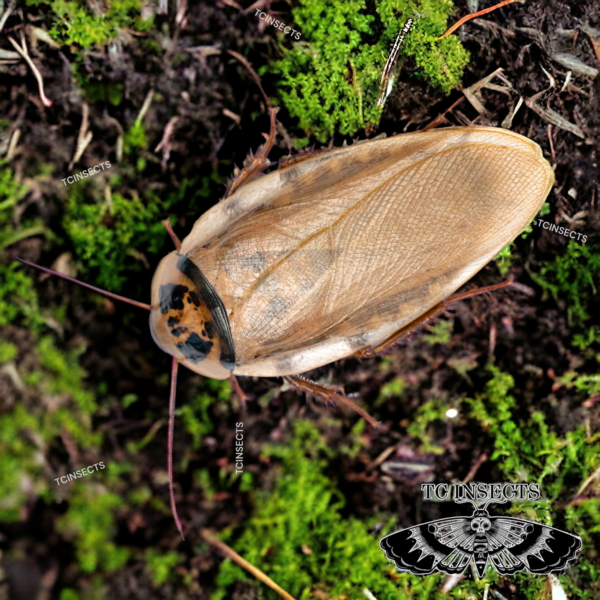
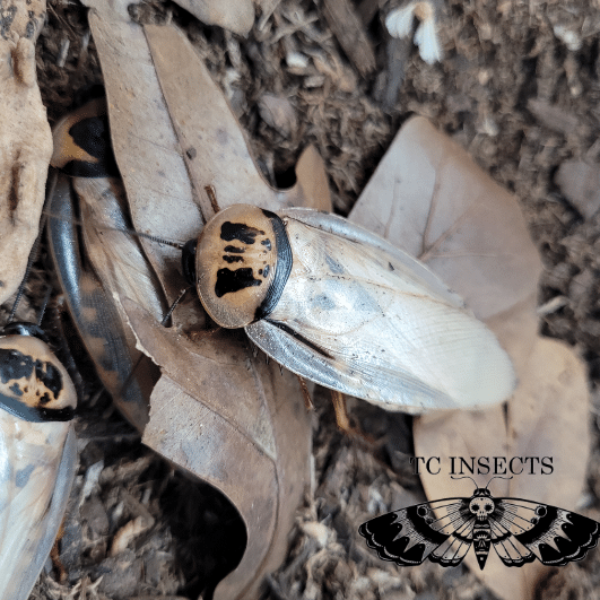
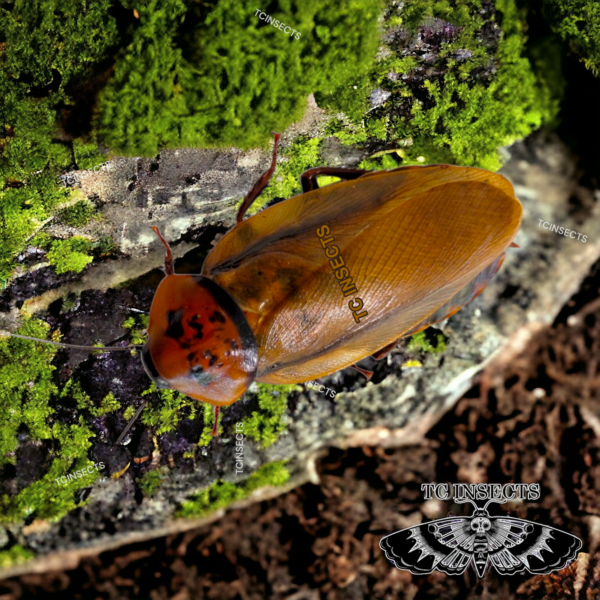
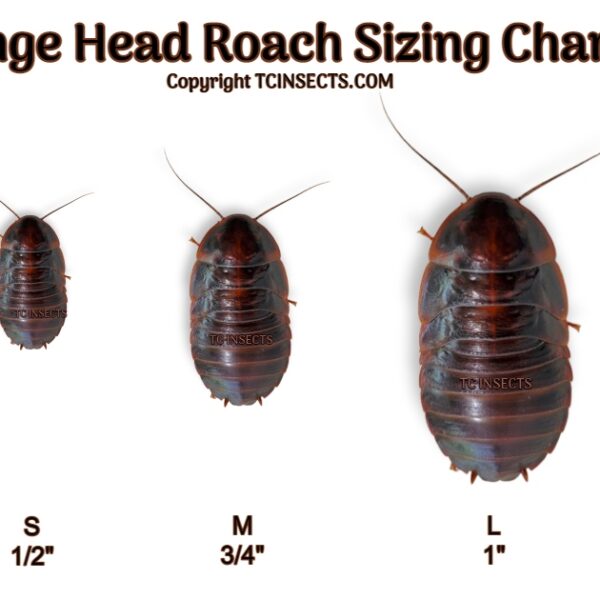
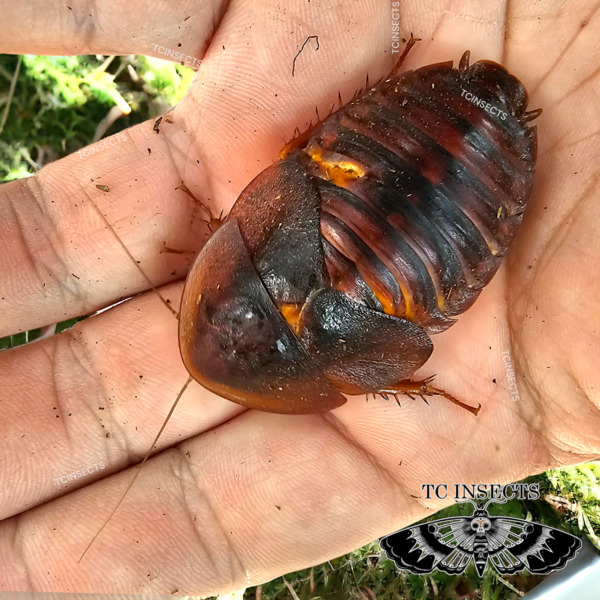
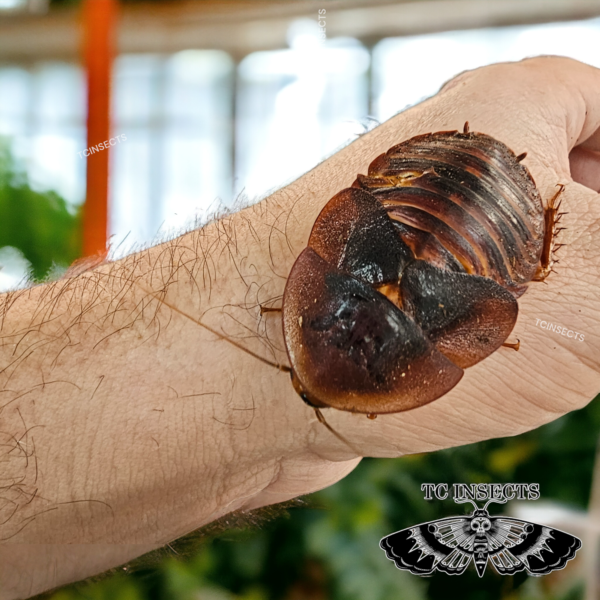
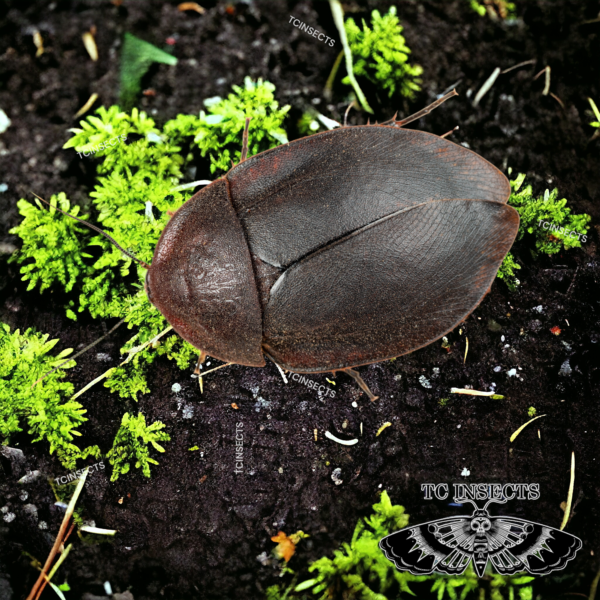
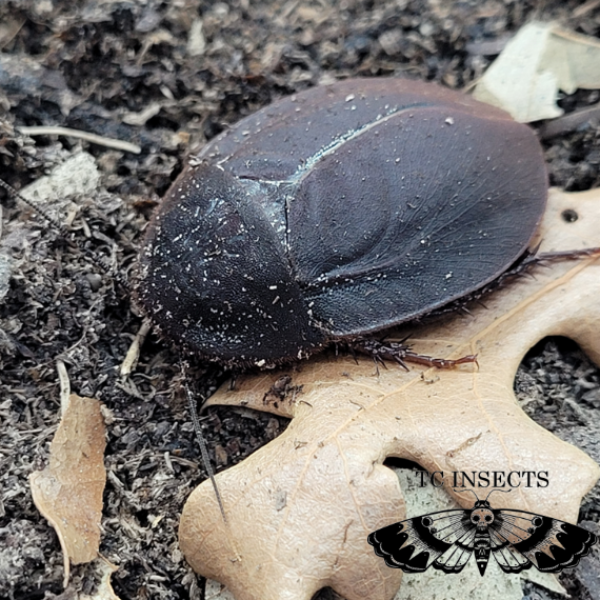
Reviews
There are no reviews yet.